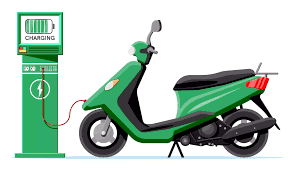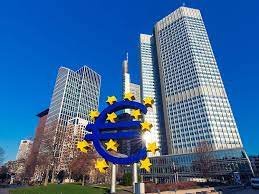A Need For Electricity Two-Wheelers Slowing Down As Government Subsidies Drop: Report
The market for electric two-wheelers is waning as a result of the FAME subsidy cut, and producers must now concentrate on lowering prices via R&D and innovation, according to a research released on Thursday.
According to the report, the medium-term sales trajectory for two-wheelers, which also includes e-two-wheelers, is expected to be moderate, unclear, and influenced by a variety of variables.
The main two-wheeler sectors, notably the 75 cc to 110 cc range for motorcycles and the 75 cc to 125 cc range for scooters, have had a steep fall in sales volume from FY19 to FY22, with a minor rebound predicted in FY23, according to CARE Ratings’ assessment.
According to the report, sales of electric two-wheelers fell sharply in Q1 FY24 as a result of the government’s refusal to provide FAME subsidies to certain Original Equipment Manufacturers (OEMs).
A fall in subsidies to Rs 10,000 per kWh from Rs 15,000 per kWh and 15% of the ex-factory price from 40% previously, according to the research, increases the uncertainty around the sales of two-wheelers.
“Manufacturers of electric two-wheelers will now have to focus on achieving price reduction through R&D and innovation, rather than on government subsidies,” it said.
With a budget of Rs 75 crore, the national government launched the FAME subsidy program in April 2015 to increase the sales of EVs.
The plan included giving dealers of electric vehicles (EVs) financial subsidies to lower the purchase price for car customers. Following the continuation of the program, the financial allotment was further raised yearly till FY19, when it was set at Rs 145 crore.
It was superseded starting in April 2020 by the FAME II plan, which required a significant budget increase to Rs 10,000 crore and was originally valid for three years through March 31, 2022. A similar extension was granted in June 2021 for a further two years, ending on March 31, 2024.
The government boosted the EV subsidy in June 2021 from Rs 10,000/kwh to Rs 15,000/kwh, with the maximum ceiling increasing from 20% to 40% of the vehicle’s ex-factory price.
In addition to the FAME program’s available subsidies, many state governments additionally implemented their own incentives, such as a subsidy amount per kWh of battery capacity and reductions or full exemptions from paying road tax.
According to CARE Ratings, the on-road price of electric two-wheelers has decreased to a point where it is comparable with the price of petrol two-wheelers because the central government will subsidize them up to Rs 60,000 under FAME II in addition to the state subsidies and incentives.
Demand soared as a consequence in FY22 and FY23, it said.
On June 1 of this year, the government cut the subsidy amount to Rs 10,000/kWh with a ceiling of up to 20% of the ex-factory price.
According to the ratings agency, this measure had an immediate effect on the sales of electric two-wheelers as seen by the volumes for the current year.
Initially, CARE Ratings said that it believed electric cars will drive growth in the two-wheeler category, although from a lower base than vehicles powered by internal combustion engines.
However, it stated that the prior strong rise in this category has been tempered by the decrease in FAME subsidy that would take effect on June 1, 2023.
According to Sudarshan Shreenivas, Director at CARE Ratings, “long-term technological developments leading to a reduction in battery costs which makes electric two-wheelers comparable in price with ICE vehicles (after disregarding subsidies for EVs) would be the key factor driving electric two-wheeler sales.”
He asserts that if the government is successful in putting interoperability standards for EV batteries into place, it would undoubtedly result in a surge in sales of e-two wheelers given how easy it is to swap out used batteries for fully charged ones at charging stations.







